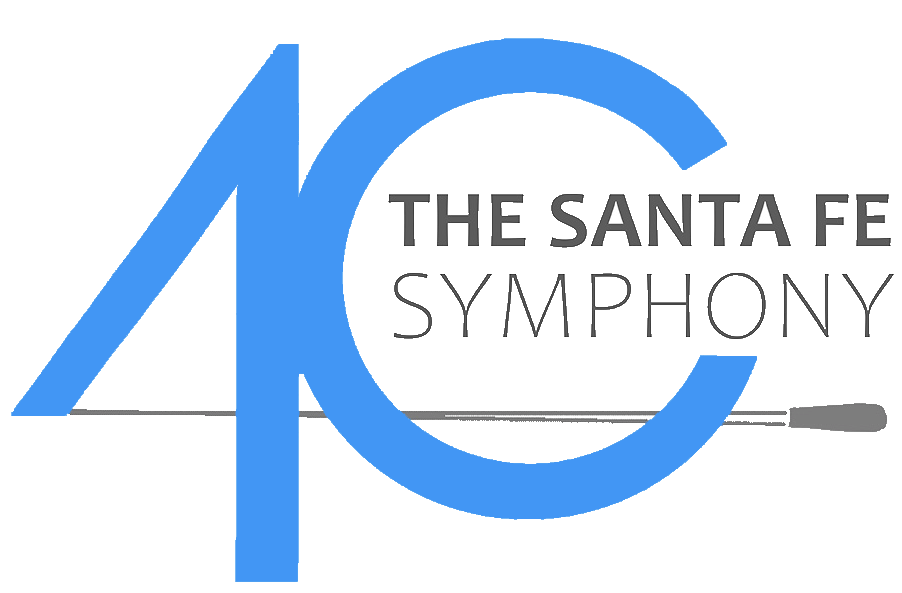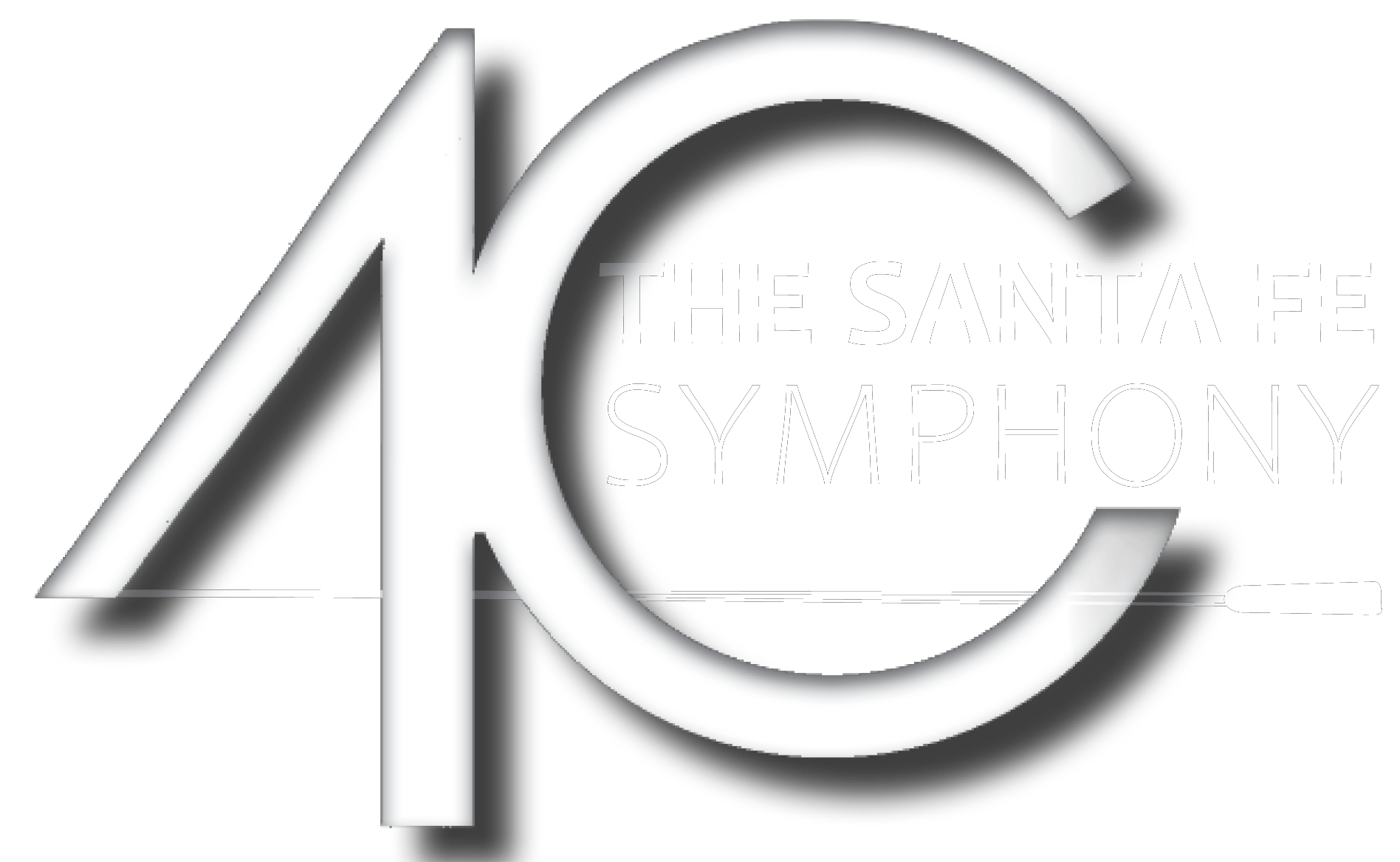Program Notes | Beethoven’s Harp
Fantaisie in A Major for Violin and Harp, op.124
CAMILLE SAINT-SAËNS
Born 1835, Paris
Died 1921, Algiers
Saint-Saëns’ most popular works―the “Organ” Symphony, the concertos for piano and for violin, and Danse macabre―employ a heavy, almost Germanic, sound, but as the composer grew older his textures became thinner and more refined. As part of this focus, he became interested in the sound of the harp: In 1893 he wrote a Fantasy for solo harp and in 1918 a Morceau de concert for harp and orchestra. His Fantaisie for Violin and Harp dates from 1907, when he was in his early seventies.
Music for violin and harp contrasts two quite different sonorities: The violin, resonant and sustained, is at its best in lyric, linear music, while the harp projects a percussive and more delicate sonority, heard to best advantage in runs and chords. Saint-Saëns’ Fantaisie makes varied use of both these sounds, though he usually gives the violin the greater share of melodic material, with the harp furnishing the harmonic context and rhythmic accompaniment.
The piece is episodic in structure. A slow introduction leads to an increase in energy and tempo, and Saint-Saëns then takes his performers through a series of contrasting moods and manners, exactly what one expects from a piece called a fantasy. The work may be episodic, but the different sections maintain a formal balance and emotional restraint. The Fantaisie is by no means easy music technically, and this music requires two first-class performers who can project soaring lyric lines one moment and a poised and somber dignity the next. After these many moods, the Fantaisie comes to a quiet, almost subdued, close.
–Program Note by Eric Bromberger
Filigree in Textile
HANNAH LASH
Born 1982, Alfred, New York
Filigree in Textile was inspired by tapestry art of the Middle Ages and early imitative contrapuntal practice. The materials used for the weft threads in these early textiles suggested the characters and titles of the piece’s three movements: Gold, Silver, and Silk.
Gold features the most complicated process of unfolding musical material: The primary melodic cell is developed against its counter-subject, transformed variously by melodic inversion, retrograde, and stretching out or compressing its intervals and rhythms. It ends with a return to a transformed version of the initial subject.
Silver is a formal and somber dance in rhythmic unison. Its austerity is unbroken throughout, although its semi-strophic form flirts with development: chords and clusters evolving, harmonics that transform from their role as punctuators to the main timbre within a middle section that lifts the dance icily en pointe.
Silk is the most fluid of the movements, featuring constant tumbling motion and transformation. The harp emerges into the foreground of the ensemble: the outline of the tapestry’s depictions.
I feel deeply privileged to have written this piece for Yolanda Kondonassis and the JACK Quartet. Yolanda was my beloved teacher for two years at the Cleveland Institute of Music when I was pursuing my performance degree in harp. I am truly in awe of her precision, sensitivity and intelligence as a harpist, and equally in admiration of her beauty as an artist and an individual.
The JACK Quartet is also very dear to me: I have known them since our days together at Eastman, and have written several pieces for them; they continue to inspire me with their unparalleled string quartet playing.
This piece was made possible by a grant from the Fromm Music Foundation.
—Program Note by Hannah Lash
Pavane pour une infante défunte
MAURICE RAVEL
Born 1875, Ciboure, France
Died 1937, Paris
Ravel composed the Pavane pour une infante défunte (“Pavane for a Dead Princess”) for solo piano in 1899, when he was 24, and it became his first significant success. A pavane is an ancient dance of stately character and in duple meter, probably of Italian origin. There is an old custom that during periods of mourning in the Spanish court, a pavane might be danced before the funeral bier. Ravel may have been referring to this custom when he chose the title for this music, though he later admitted choosing it simply because he liked the sound of the words. He is quoted as saying: “Do not attach to the title any more importance than it has. Do not dramatize it. It is not a funeral lament for a dead child, but rather an evocation of the pavane which could have been danced by such a little princess as painted by Velazquez at the Spanish court.”
The Pavane opens with the simple but haunting main theme. The piece is in rondo form, with the theme treated in three episodes, developed and harmonized differently each time. Ravel is said to have become tired of the Pavane’s great popularity, and he is known to have insisted that the music be played straight: without sentimentality or undue expression. This did not prevent his making the famous crack―after sitting through a dull performance of the Pavane―to the pianist: “I have written a pavane for a deceased princess, not a deceased pavane for a princess.” In 1910, Ravel orchestrated the Pavane, and the music has become well known in this version, in which the opening statement is a famous solo for French horn.
At this concert, the Pavane is heard in an arrangement for cello and harp.
–Program Note by Eric Bromberger
String Quartet No. 10 in E-flat Major, op.74, “Harp”
LUDWIG VAN BEETHOVEN
Born Bonn, 1770
Died Vienna, 1827
Beethoven’s five middle-period quartets proved difficult for audiences from the very beginning, but the exception is the lovely Quartet No. 10 in E-flat Major, op. 74, composed in 1809 and long nicknamed the “Harp.” In contrast to the other middle quartets, this one is full of graceful music executed with consummate technical skill. No battles are fought and won here. Instead, one savors the calm pleasures of what is perhaps Beethoven’s most relaxed string quartet.
The first movement of the quartet opens with a slow introduction of uncertain tonality; from this tonal blur, the main theme of the Allegro establishes the unequivocal key of E-flat major. Very quickly come the pizzicatos that have earned this quartet the (not particularly appropriate) nickname “Harp.” The development is quite active, and the recapitulation features a near-virtuoso first violin part that goes swirling across all four strings before the movement’s vigorous close. The Adagio ma non troppo can be described simply: This is lovely music. It is built on one of Beethoven’s most attractive lyric ideas, which develop across three repetitions, each elaborated differently. Throughout, Beethoven constantly reminds all four performers: cantabile and espressivo.
By contrast, the Presto bristles with energy. It bears a strong resemblance to the scherzo movement of the Fifth Symphony, composed two years earlier: Both are in C minor, both are built on the same characteristic rhythm, and both feature fugal writing in the trio section. Yet where the third movement of the symphony builds through a huge crescendo to a triumphant finale, Beethoven winds down this movement very carefully, and the finale that follows seems intentionally anticlimactic. It is a variation movement consisting of an almost innocent theme, six variations and a coda; the odd-numbered variations tend to be vigorous and fast, the even-numbered lyric and gentle. The sixth variation gives way to a coda that extends the theme and leads to a conclusion brilliant in its understatement.
–Program Note by Eric Bromberger

